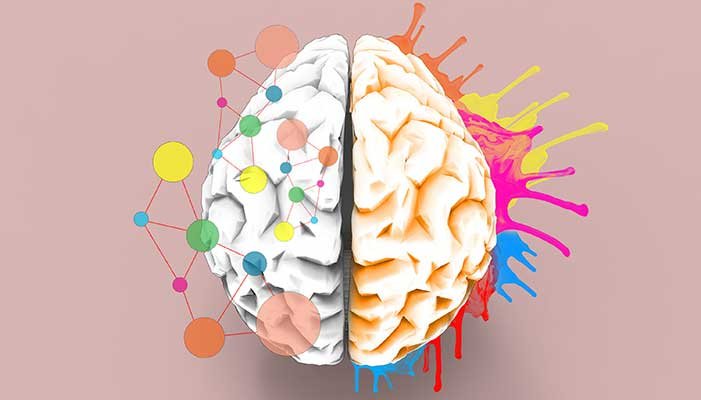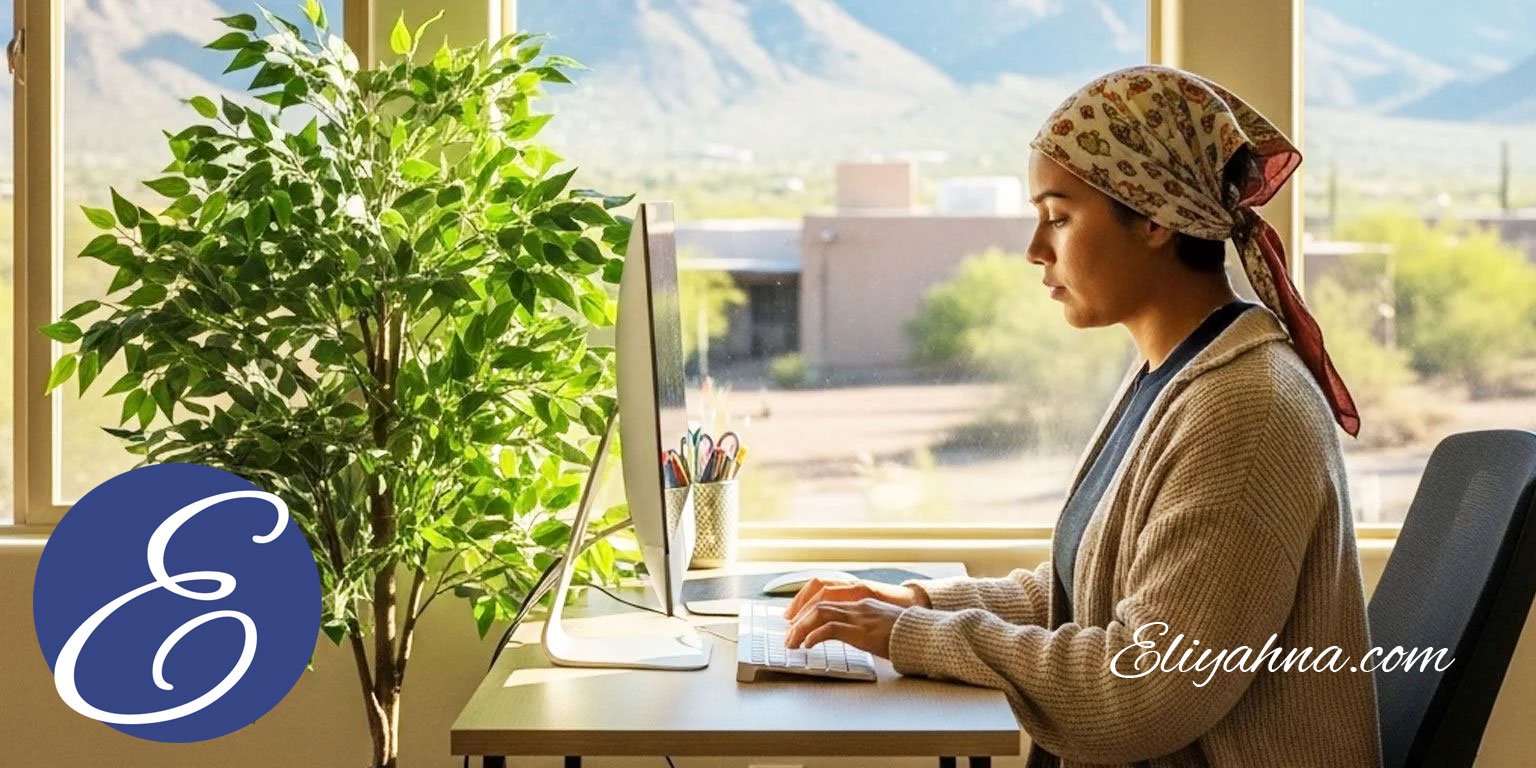Unleashing the Potential of Color Psychology
The Potential Of Color Psychology In the digital age, where visual content reigns supreme, graphic design plays a pivotal role in capturing attention, conveying messages, and leaving a lasting impression…
What is Eliyahna Creative, LLC.?
What is Eliyahna Creative? Eliyahna (E-lee-YAH-nuh) Creative provides professional services to small, medium, and large businesses all over the world, remotely. Some of our services include custom web development, web design,…
How to use shapes to shout out loud
Using shapes to shout out loudA great deal of thought goes into the shapes and colors used in web and graphic design techniques for good reason. Different colors and shapes…
Monumental Fundamentals for Colossal Branding Magic
Branding fundamentals There are many key factors to branding success but as long as you're doing a lot of business, who cares? Why is branding important?I could re-hash how a…






